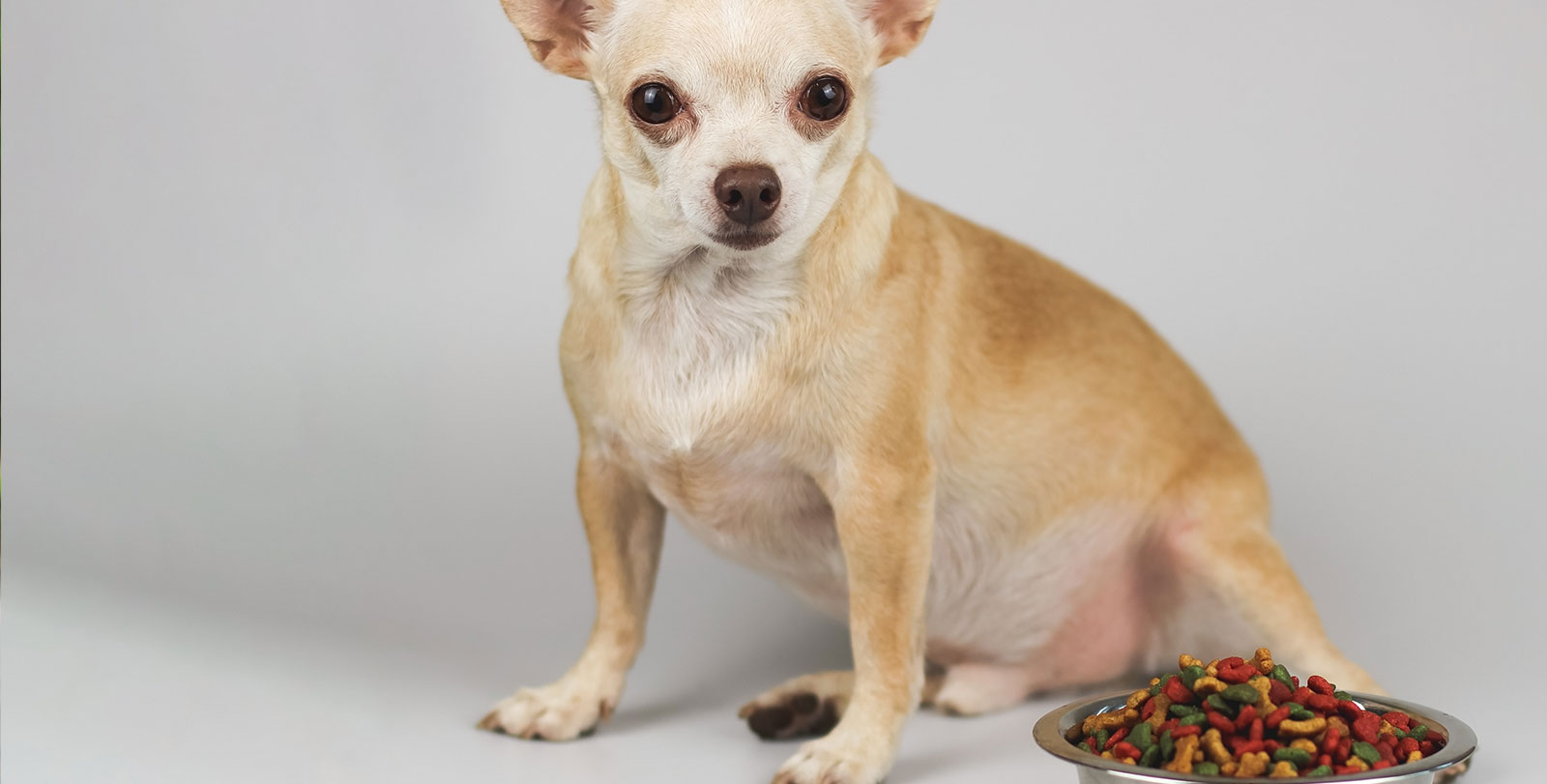How to Help Your Pet Maintain a Healthy Weight
November is National Pet Diabetes Month, and we’re using the opportunity to raise awareness about the importance of managing your pet’s weight in order to protect them from developing dangerous secondary systemic diseases, like diabetes.
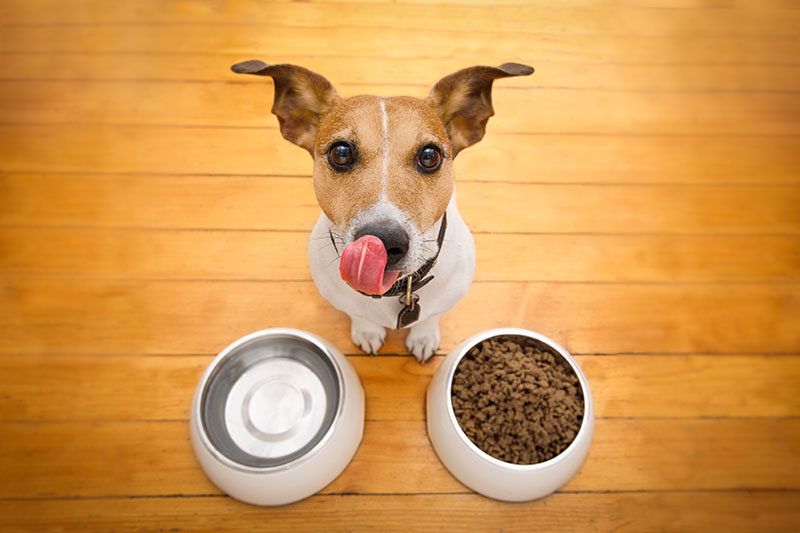
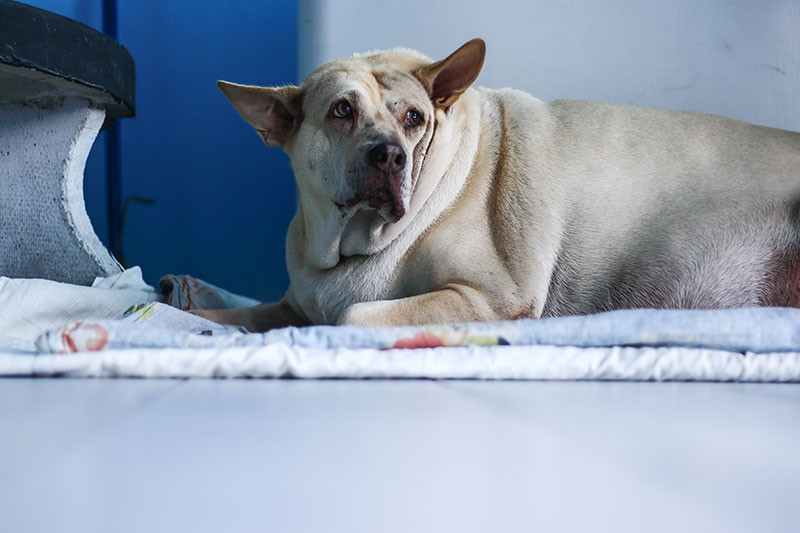
What Is Diabetes Mellitus?
Diabetes is a chronic, systemic disease that is characterized by an inability of the body to properly process glucose, a type of sugar that is one of the main sources of the body’s energy at a cellular level. Diabetes causes a variety of symptoms and is tough on the body’s organs. Specifically, it can lead to kidney disease and kidney failure.
While there are other risk factors such as age, breed, and medical history, being overweight or obese significantly increases a pet’s chances of developing diabetes.
Reduce Your Pet's Diabetes Risk:
How to Help Your Pet Maintain a Healthy Weight
1. Feed a Balanced Diet
Ask our veterinarian to recommend a pet food formula that is best for your pet based on its individual nutritional needs, health history, age, and lifestyle.
2. Feed the Right Amount of Calories
It’s important not to feed your pet too many calories each day. Read the nutrition labels on your pet’s food to ensure your pet is getting the right daily serving size.
3. Account for Treats Too
Remember that every treat (no matter how small) you give your pet counts as extra calories too.
4. Stay Active for Life
Regular exercise is good for your pet’s heart, joints, mental health, and weight management. Different breeds require more exercise than others, so it’s good to know what level and amount of exercise your dog or cat should be getting regularly. Additionally, adjust exercise as your pet ages participating in lower-impact activities, like swimming and walking.
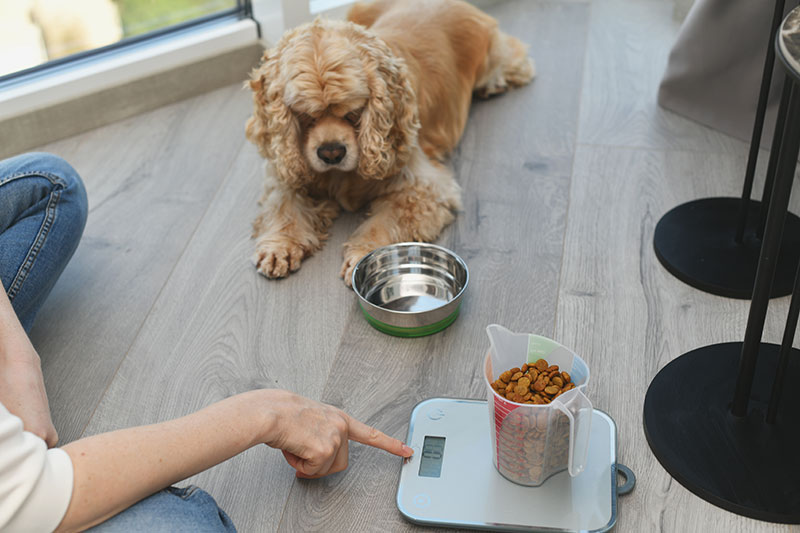
5. Know the Signs of Obesity
At a healthy weight, a pet’s body should become more narrow just in front of its hind legs. Viewed from the side, its tummy should swoop upward in the same location. Overweight and obese pets have more of a blimp or sausage shape and have bellies that hang down.
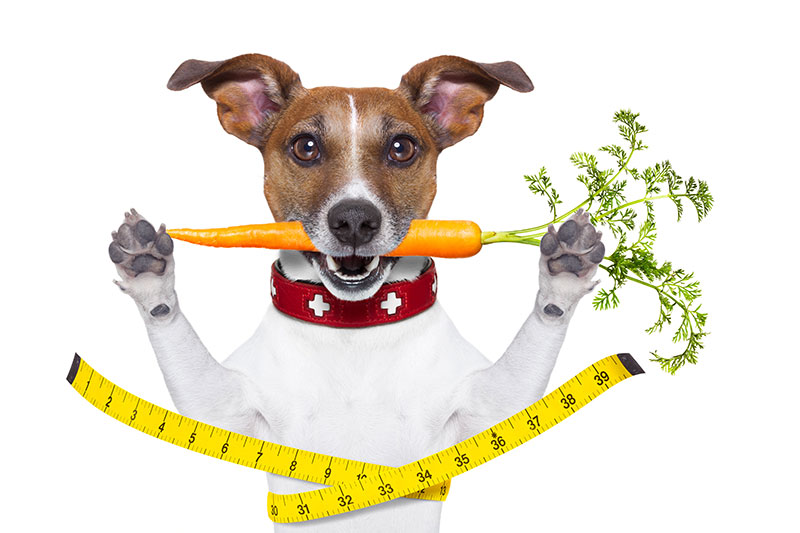
Weight Management and Nutritional Counseling in Brampton
If you’re concerned about your pet’s diet or weight, we welcome you to schedule a nutritional counseling and/or weight management appointment at Bramalea Animal Hospital. To learn more or schedule an appointment, please contact our Brampton office today.
